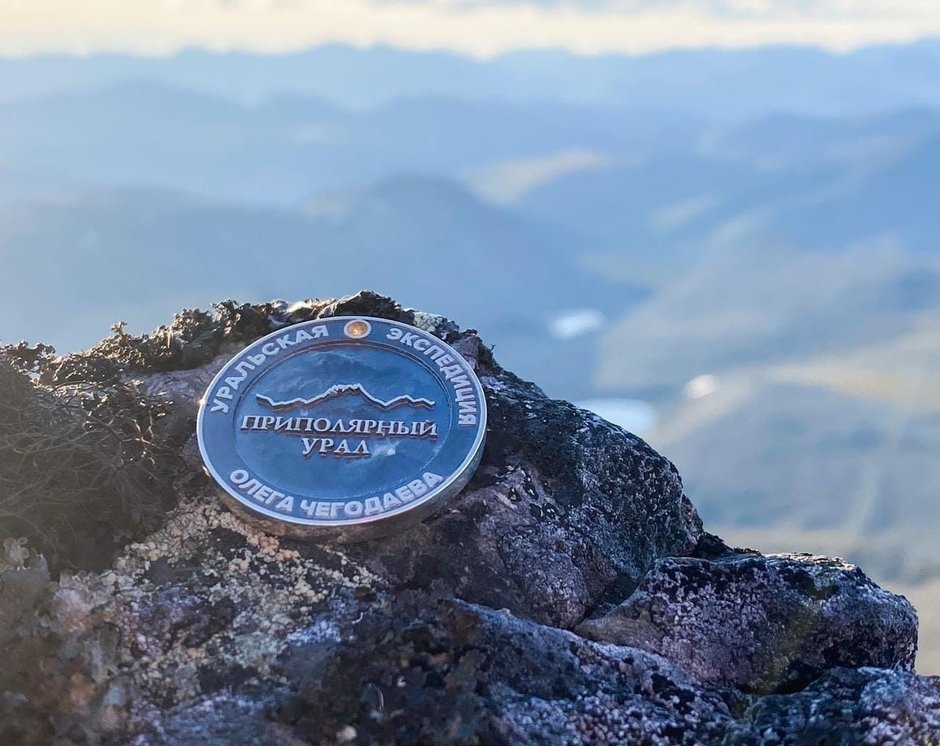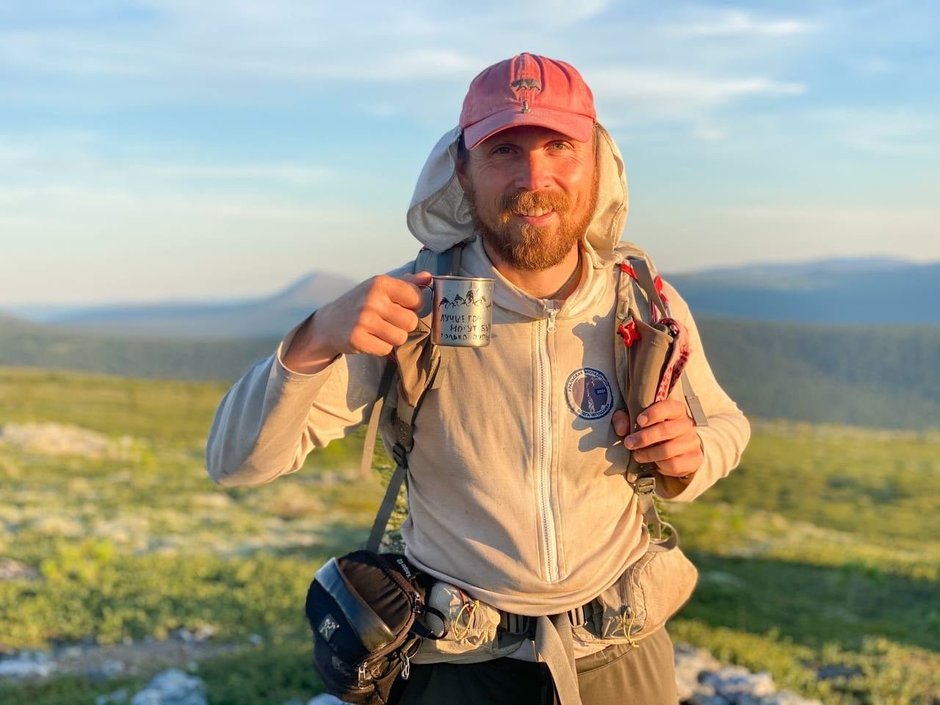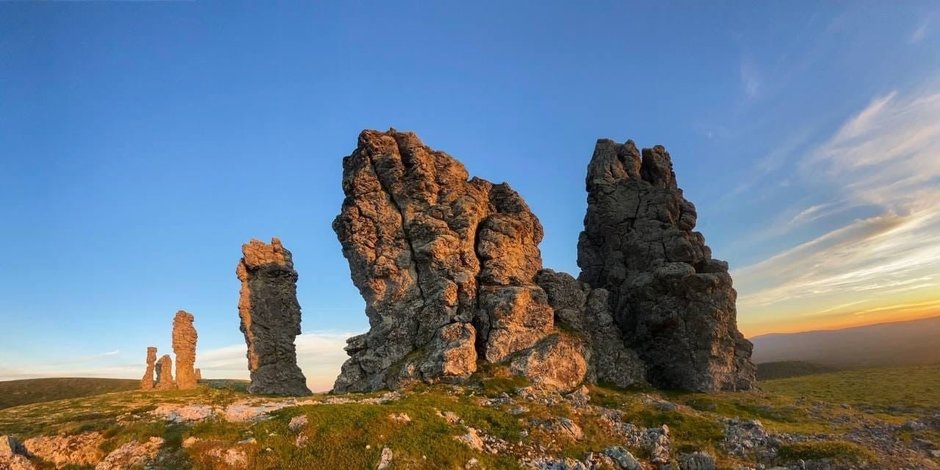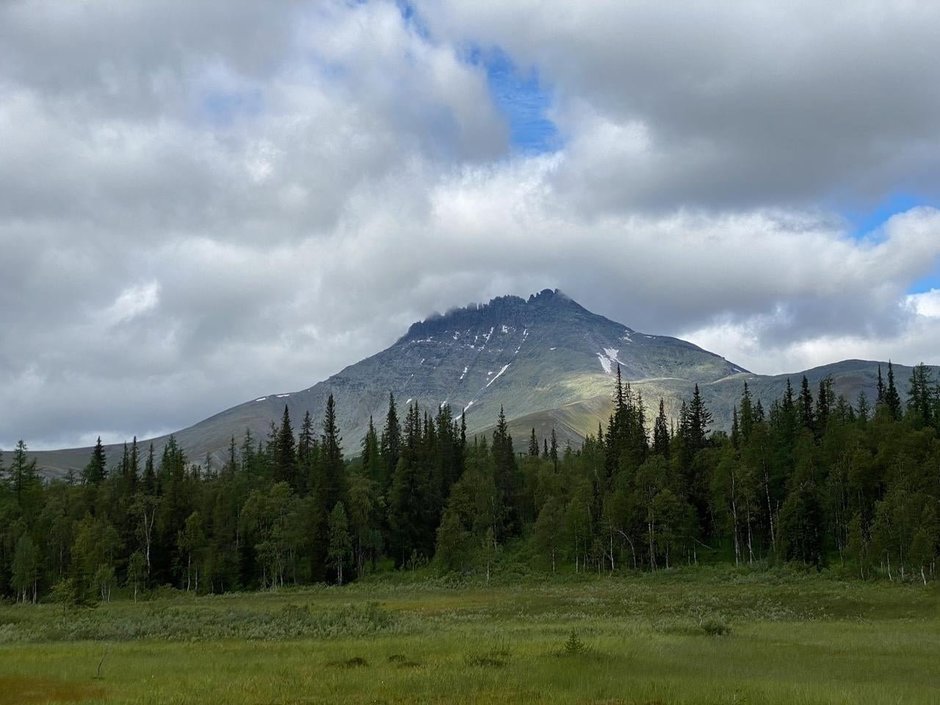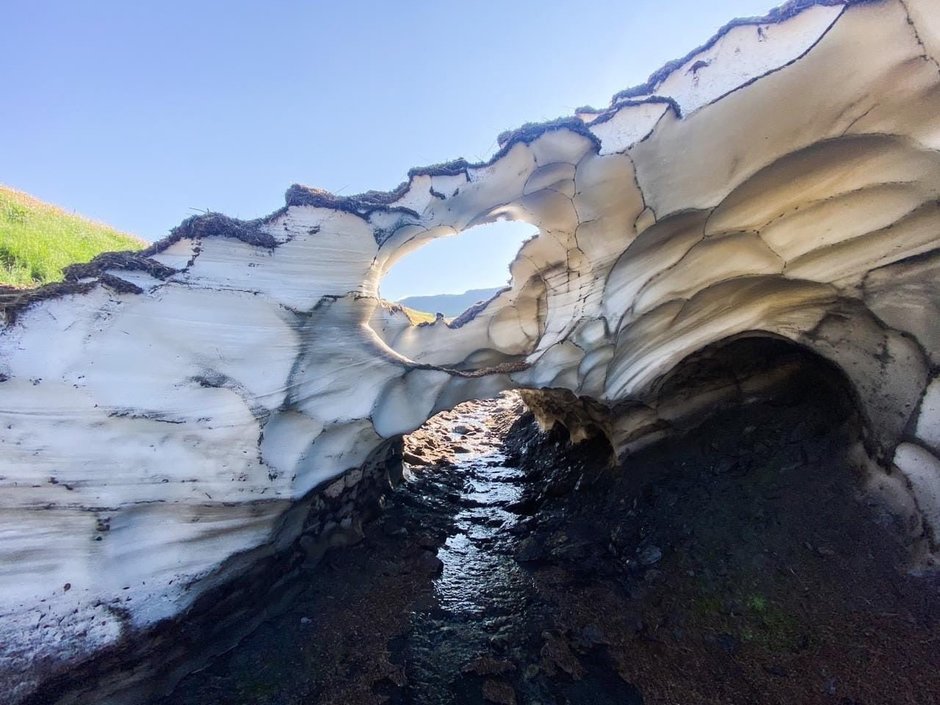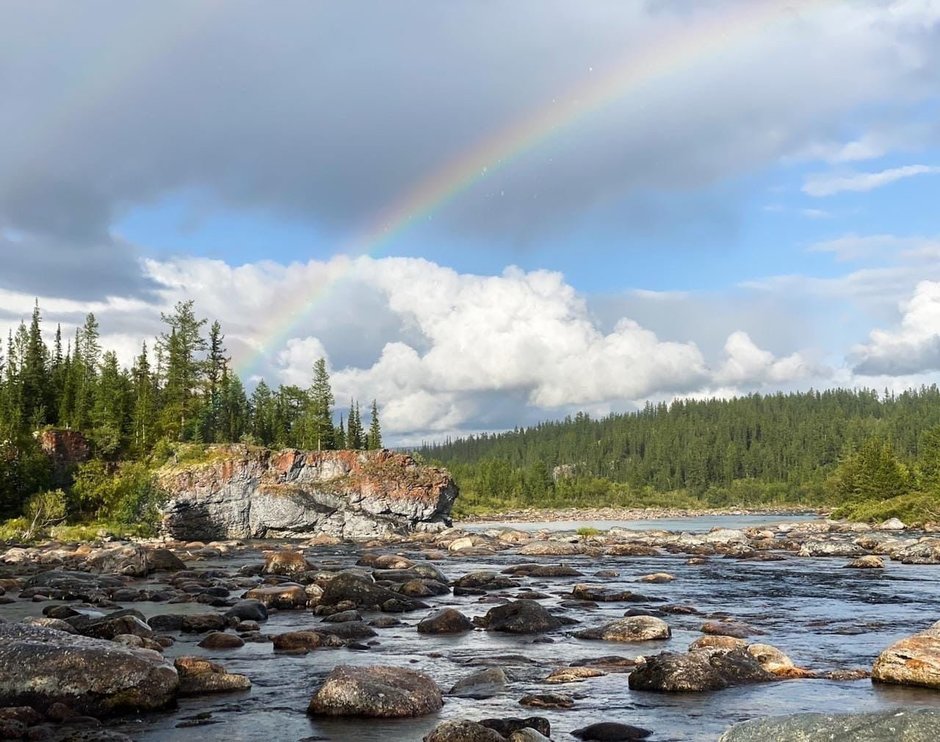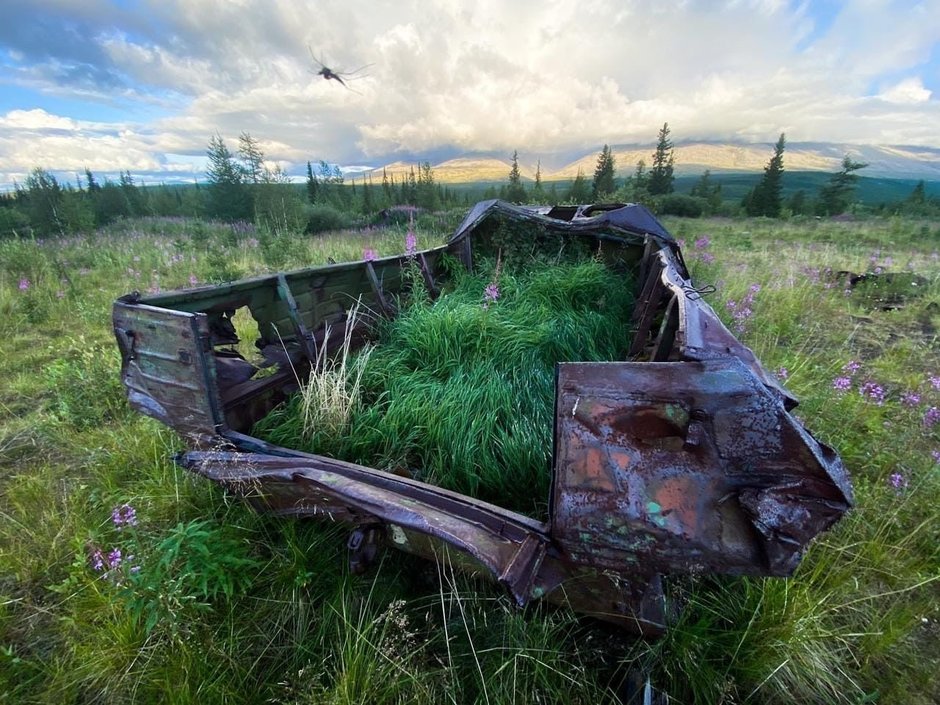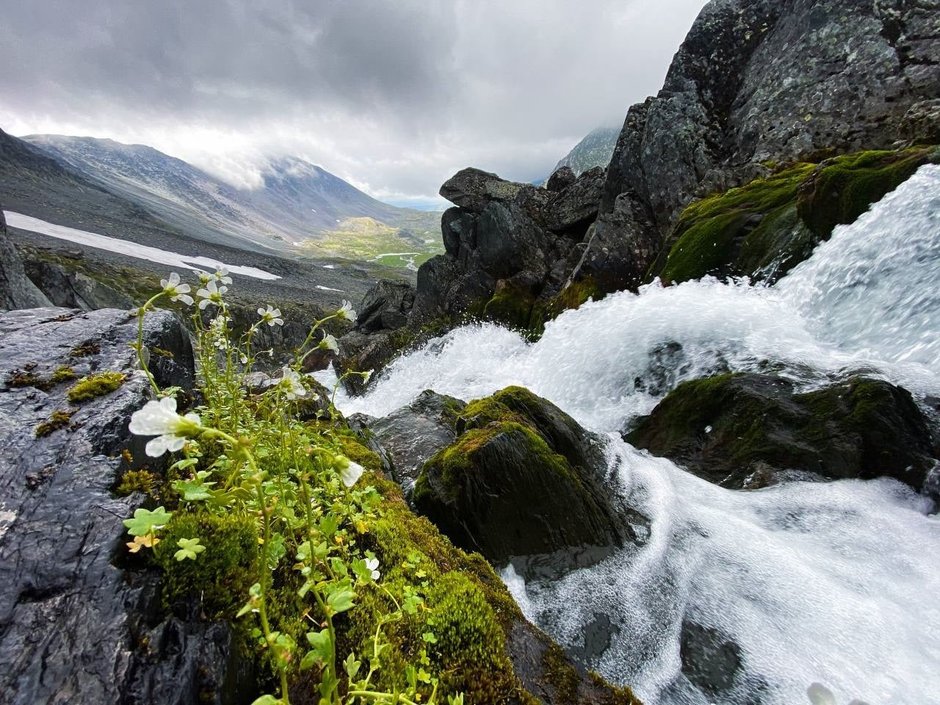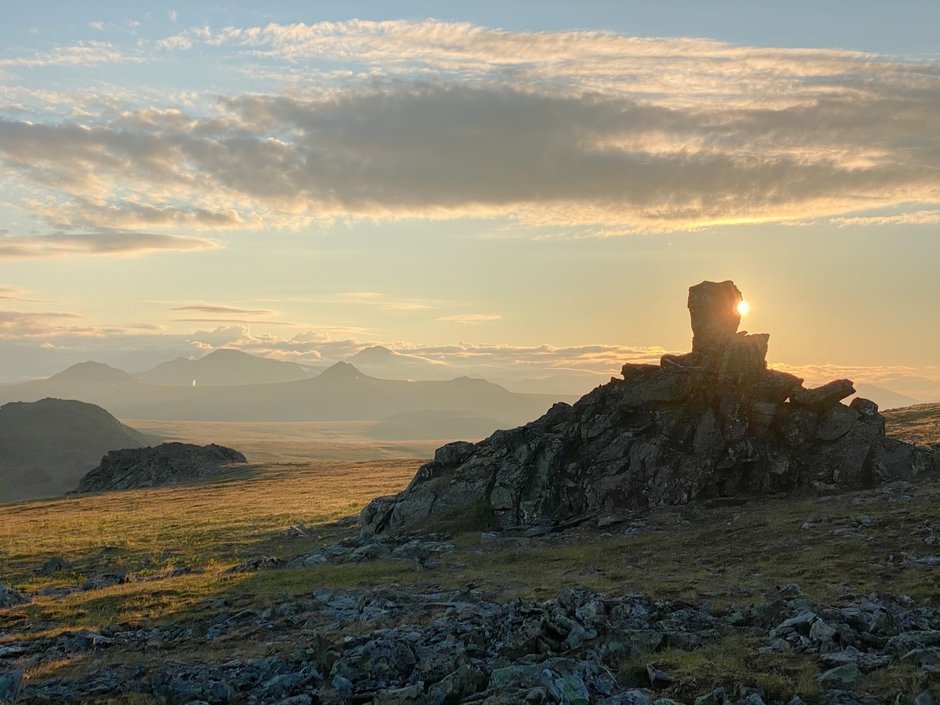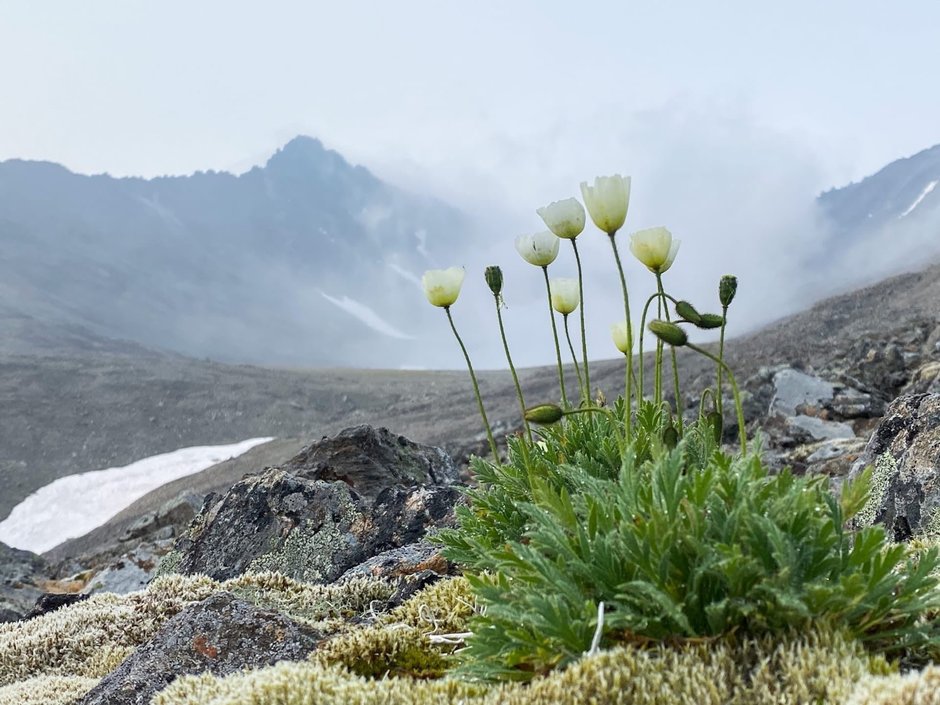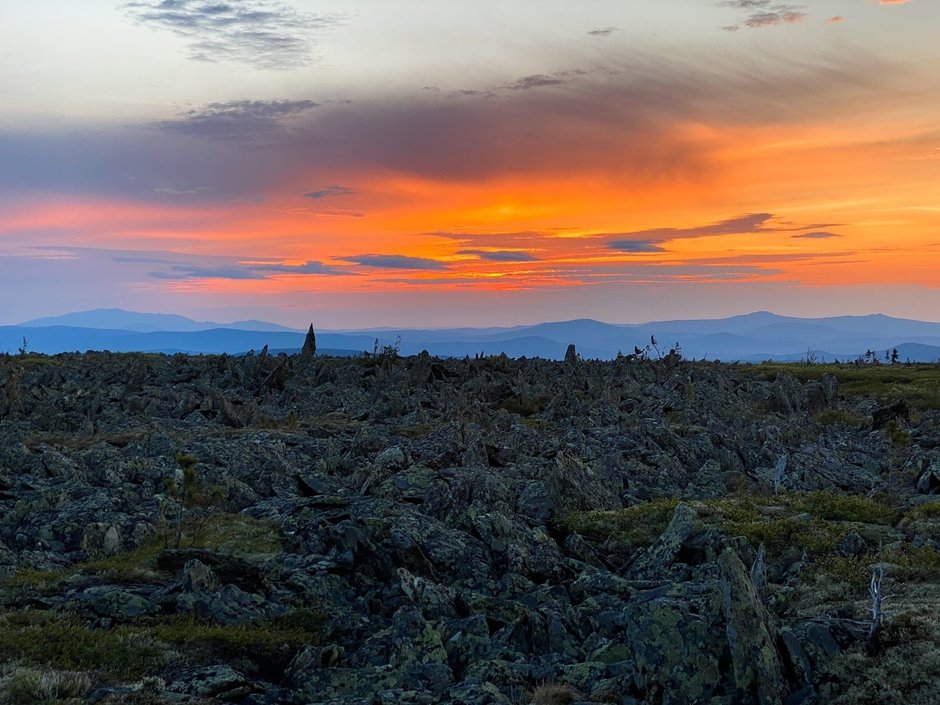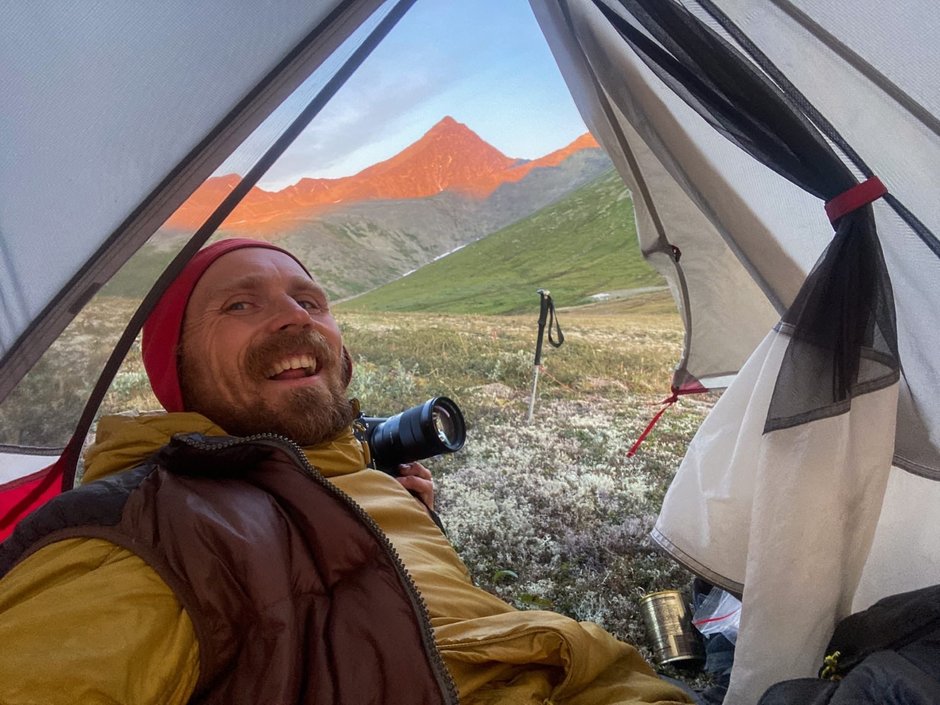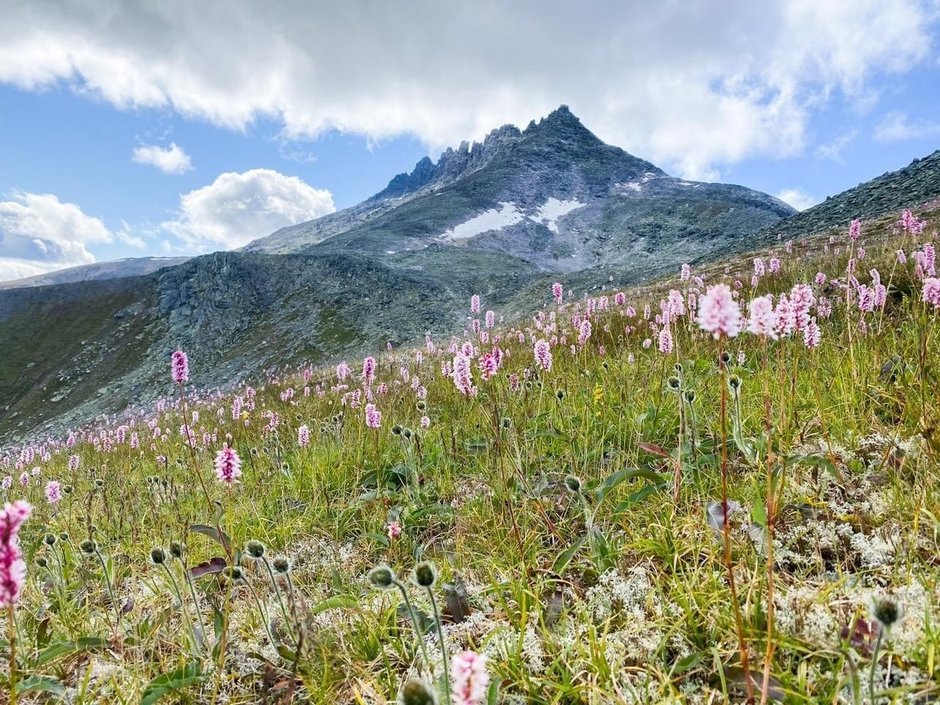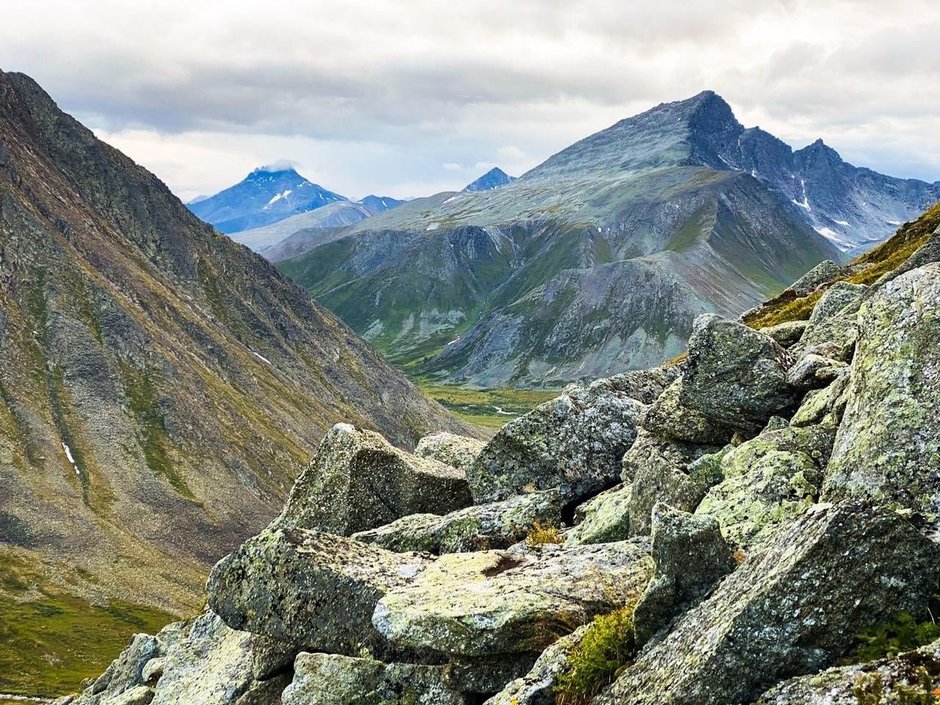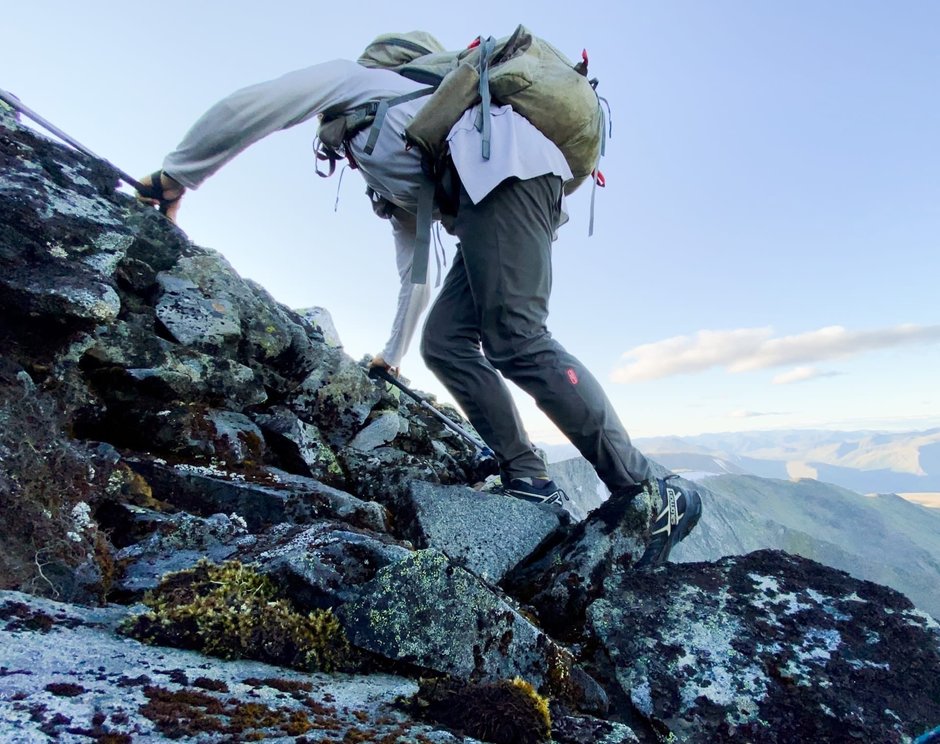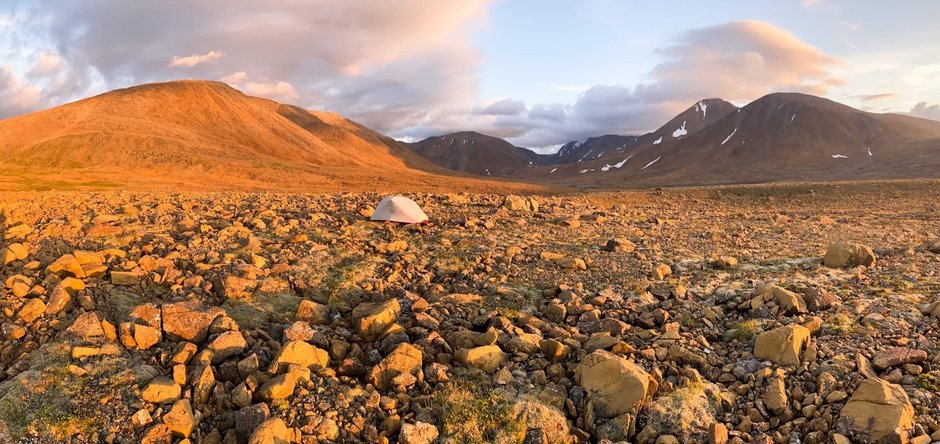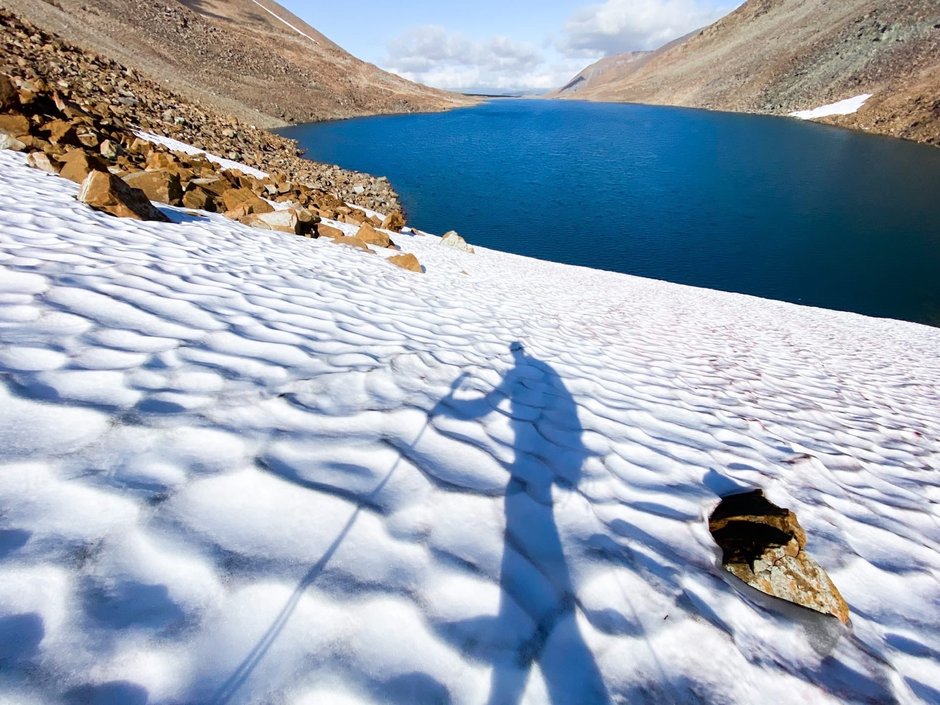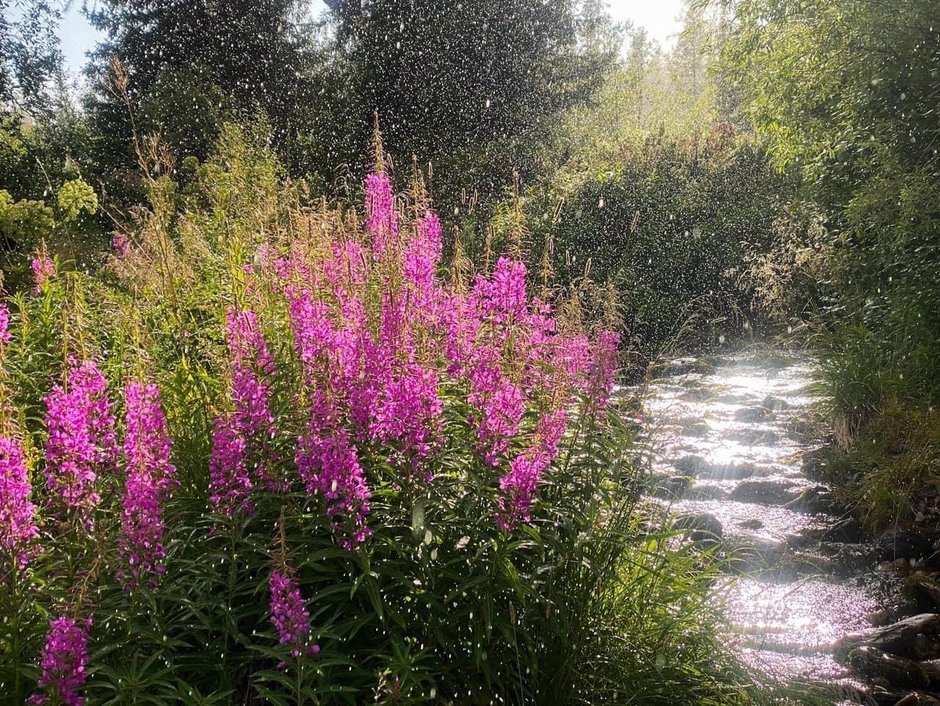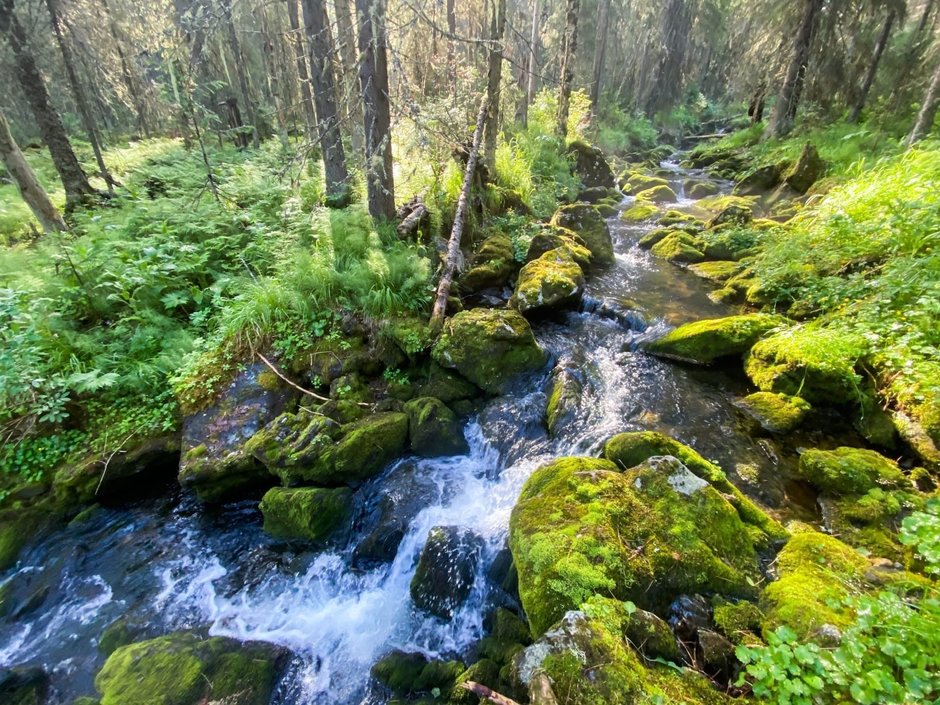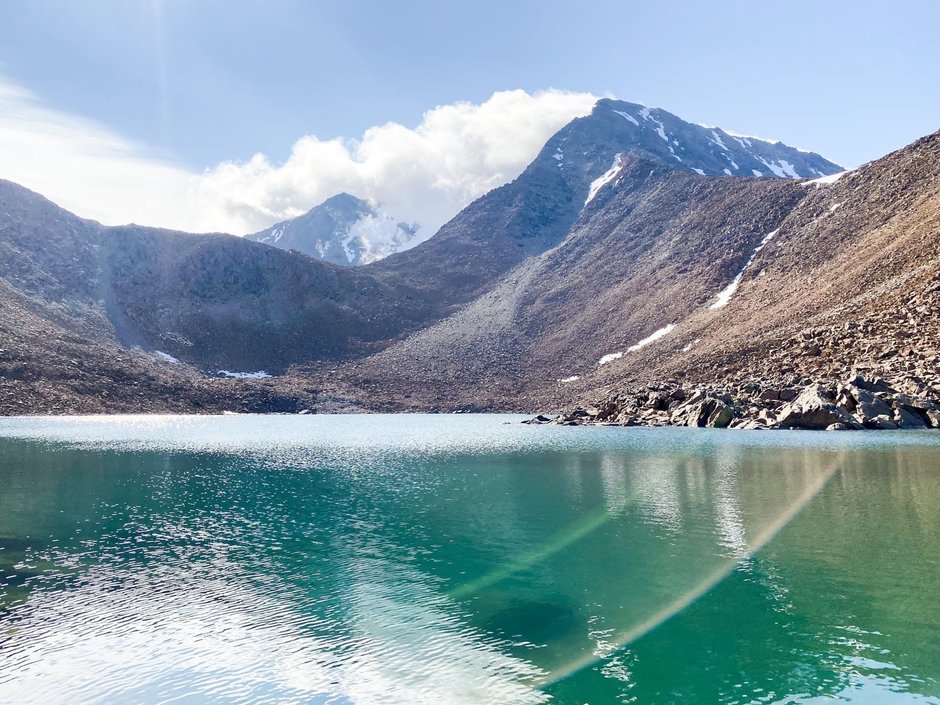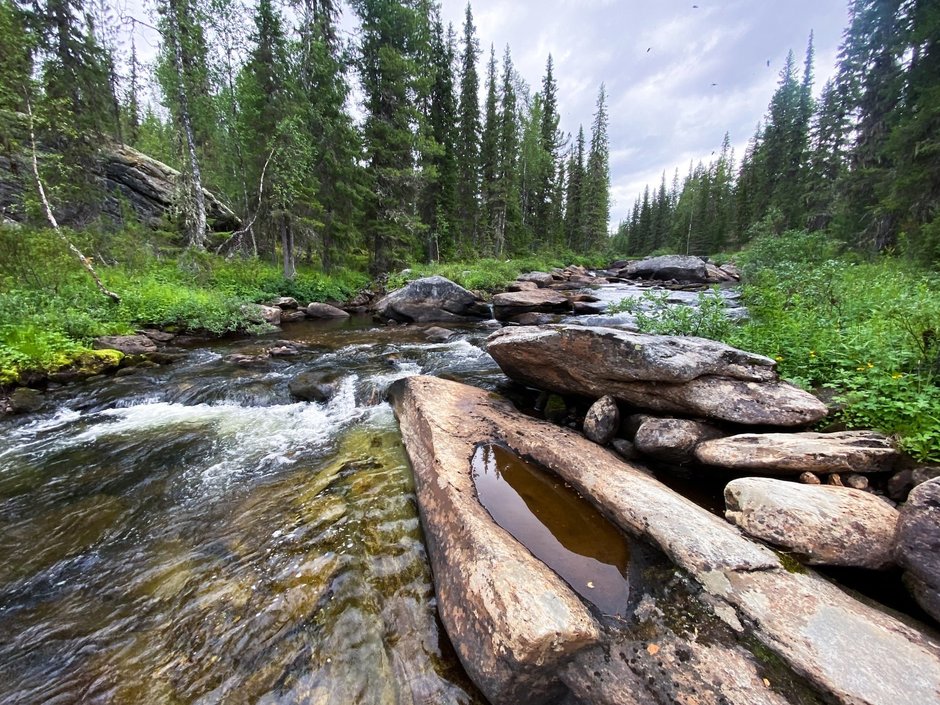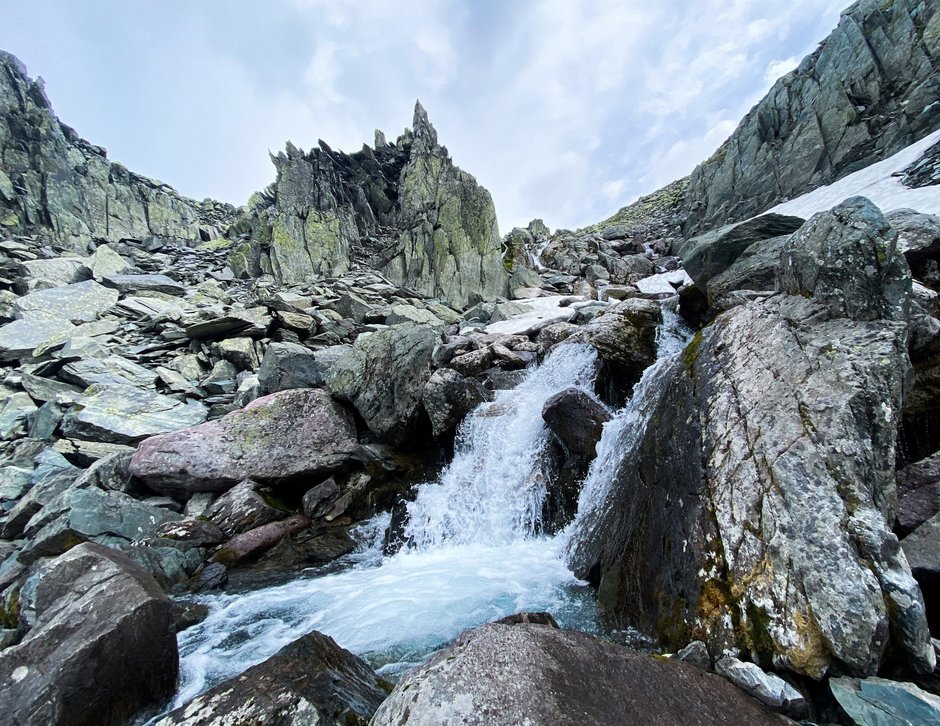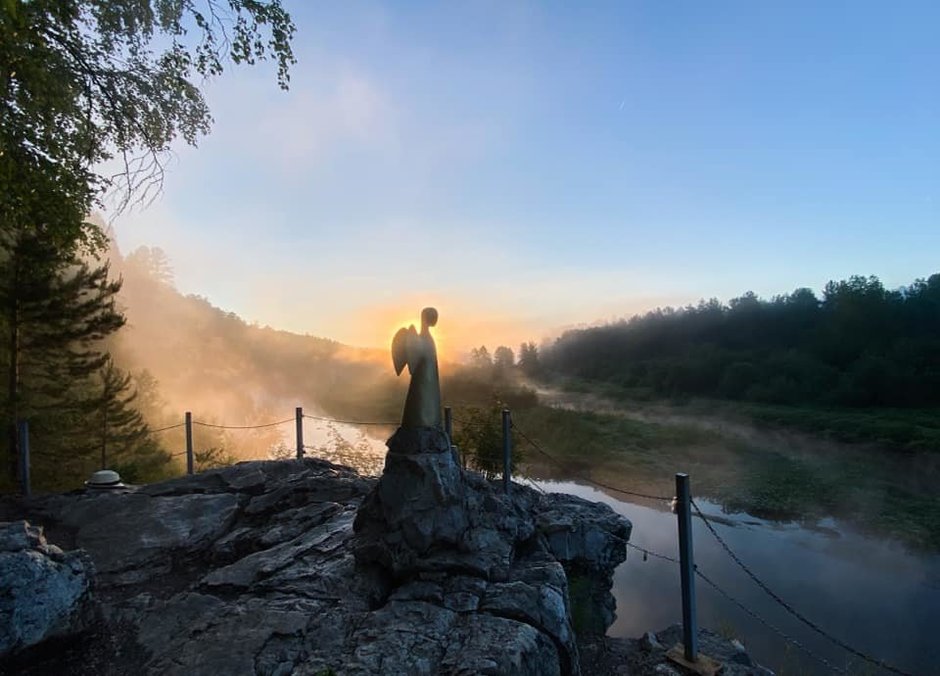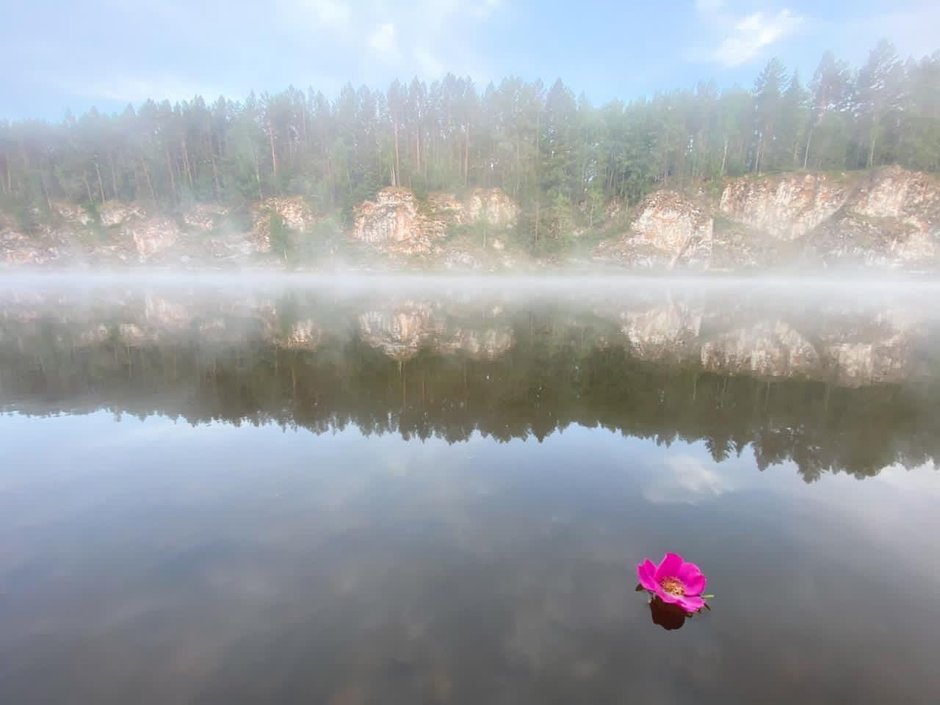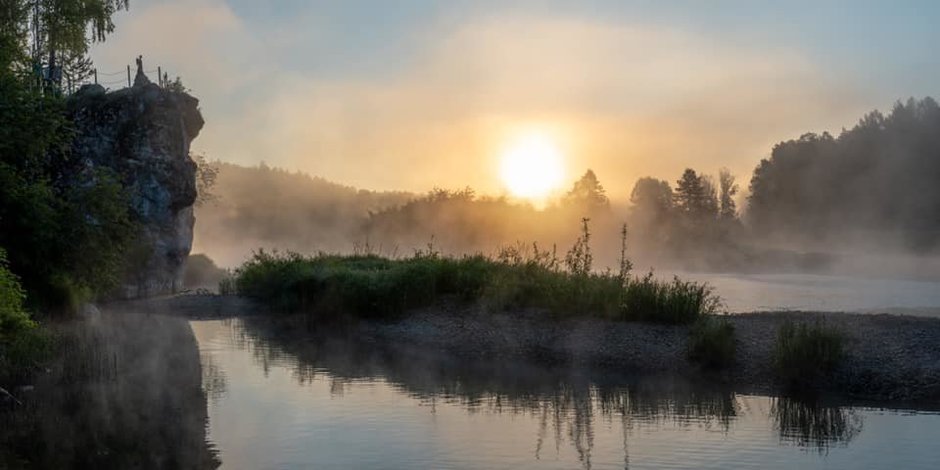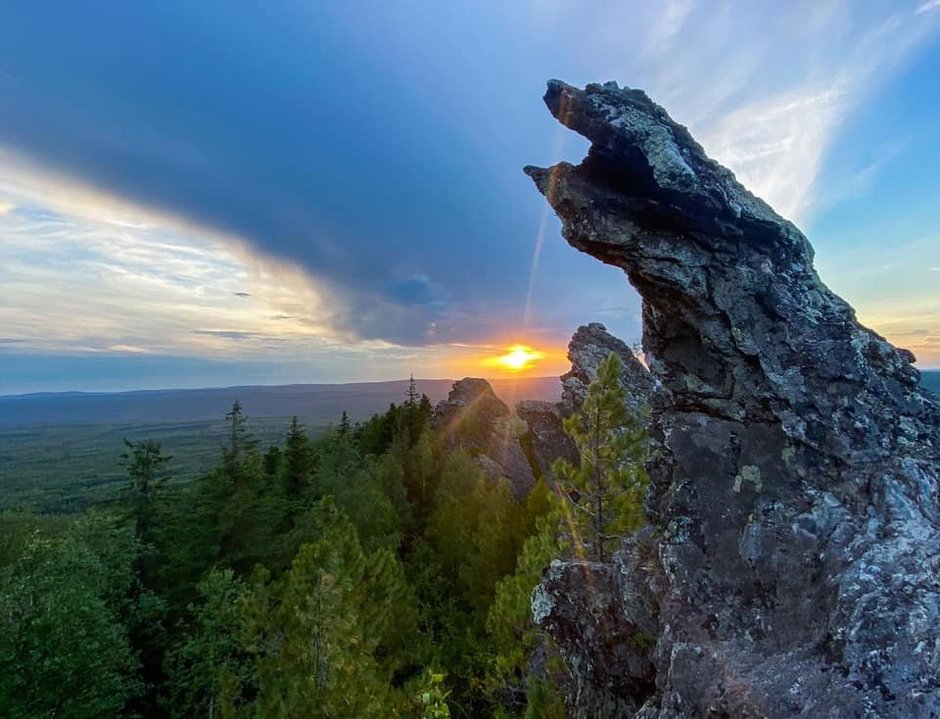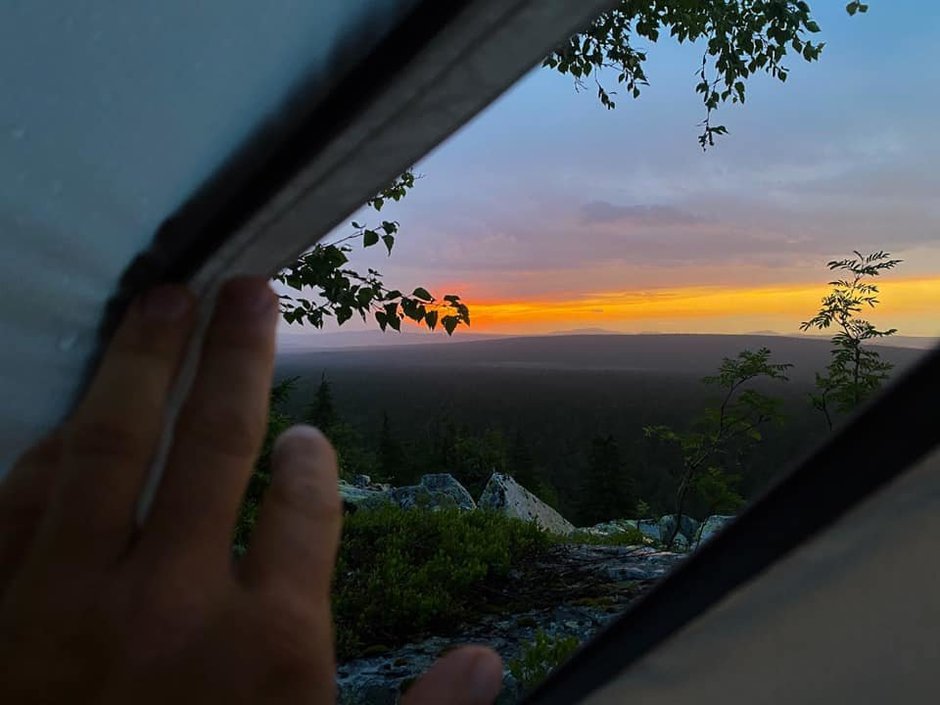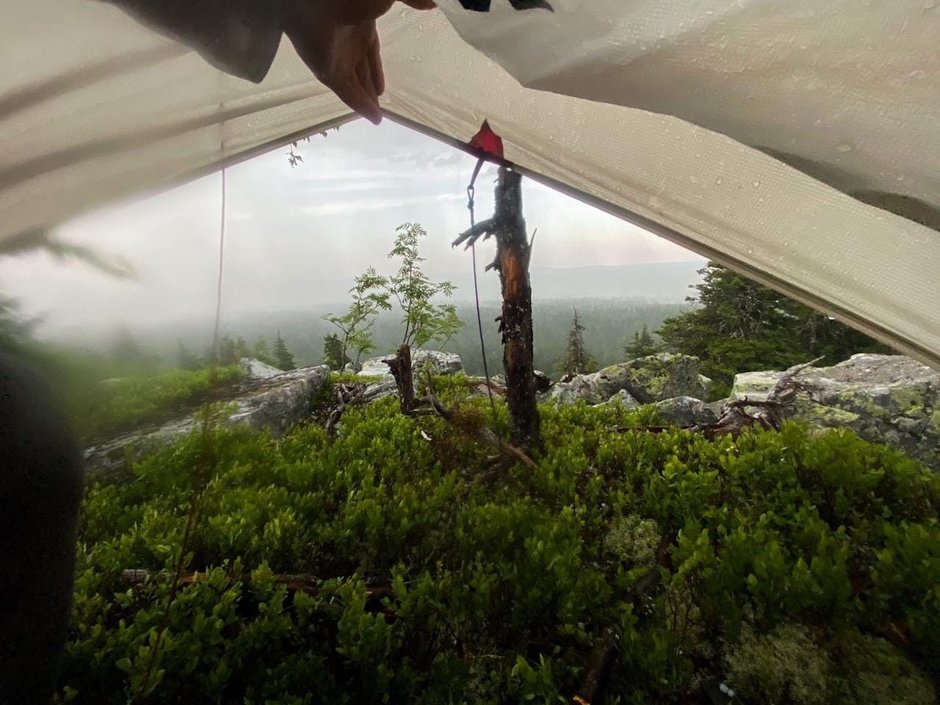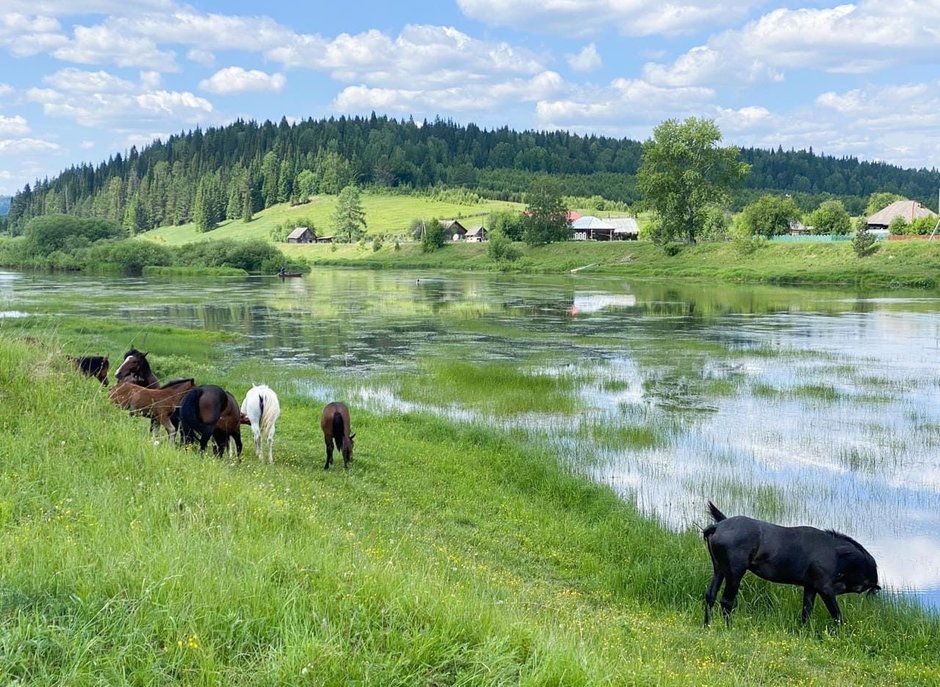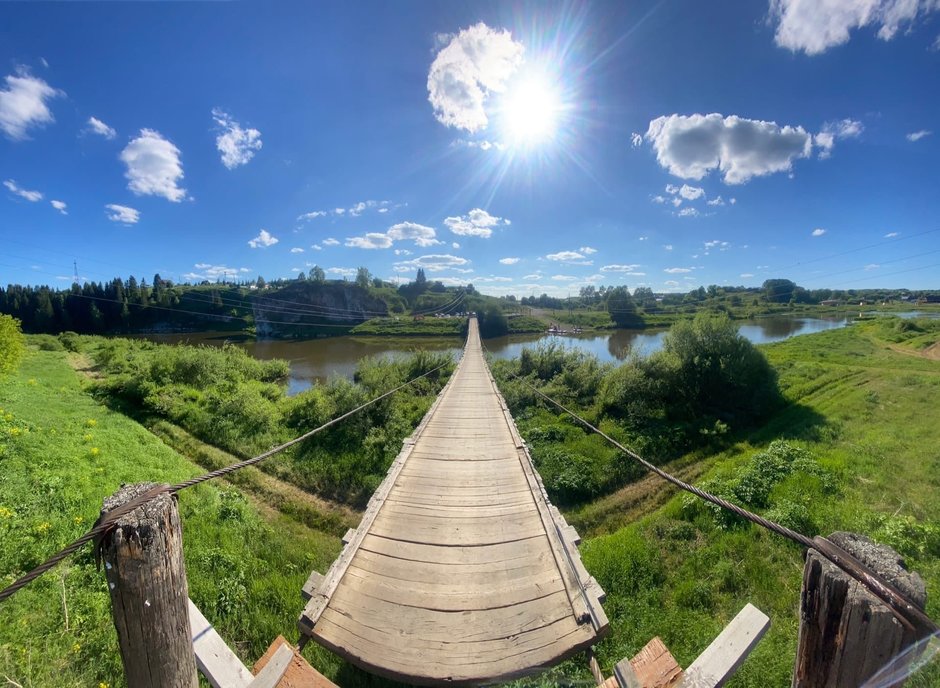Conquering Urals in a hundred days
A man from Ufa has become the first in the world to conquer all peaks of the Ural Ridge
Oleg Chegodaev walked through all the Ural Mountains from south to north. The hike took him 109 days, during which time the man overcame 3,189 kilometres. Oleg started on May 1 at the southernmost point of the Urals, near the village of Belyaevka. He completed the route on August 17 at the northernmost Ural peak — the Konstantin Stone. Read more about what prompted the Ufa citizen to pass this difficult test and how he remembered the path — in the material of Realnoe Vremya.
Urals — the path across the country
Oleg's campaign during the entire route could be followed on his social media accounts. Every day the traveller not only wrote reports, but also posted photos and videos of the Ural beauties, which were admired by thousands of subscribers. The idea to go through the whole Urals repeatedly came to Oleg Chegodaev:
“I have been promoting tourism in the Urals for more than 15 years, it was an old dream, long-standing idea. If you look at the map, you can see that the Urals are elongated mountains for 2500-3000 kilometres, as a road essentially through the whole country. It's always been interesting to me, and so I decided to try it.”
According to the traveller, the most difficult thing was to decide on such a hike. After the start, there were no thoughts of giving up, but the goal was always to conquer the mountain peaks — one by one, from south to north.
“There were doubts before the start, a week, two before it. Certainly, it was psychologically difficult to leave the family, leave work, the world and go more than three months on such a route. When I started, there was no time to doubt," Oleg shares with our publication.
Apogee of tourist career
Initially, the Ufa resident expected that the hike would take four months, plus or minus two weeks. However, he managed to do it in three and a half months. Oleg had to overcome most of the way alone, but, according to him, it did not become a big problem.
“It's easier for me to walk alone, I'm an introvert, in general there are no problems, I've been walking alone for years, I have a lot of solo routes, so there were no special problems. My wife was always in touch with me, I have a satellite tracker, I can correspond, text each other, so I didn't feel lonely. But this is the longest route I had to overcome. The apogee of my tourist career.”
The route was initially thought out in detail. Oleg divided it into 18 stages, at the beginning of each he received a stock of food, things, equipment. Oleg's wife sent everything she needed by mail, or through friends with whom the traveller crossed paths at camp sites. So the weight of the backpack did not exceed 30 kilogrammes. Oleg himself, after the finish of his route, is sure that he has lost weight, but he has not weighted yet.
The traveller found it difficult to name the top 5 most beautiful places encountered on the way.
“It's like choosing a favourite child," Oleg laughs. “Five favourite children out of a hundred. This is the extreme south of the Urals, the Karamuruntau Ridge, Chusovaya River, Mount Munin-Tump, the area of Mount Telposiz and, perhaps, the southern part of the Polar Urals, in the area of Mount Payer.”
According to Oleg, there were no emergencies during the entire way through the Urals. The experienced tourist was ready for anything. “Even if something went wrong somewhere, I had enough time, experience, equipment to fix everything. I can't remember that there was anything critical, there shouldn't be such a thing in such routes.”
“For a hundred days, while I was walking, I thought that I would feel like a hero when I finished. The last nine days, and especially on the last day, I just reached the end, I didn't feel like a hero. The main thing is not the goal, but the way," the man admitted.
Now Oleg plans to systematise all the collected material, write a book and make a film about his journey. Processing, according to Oleg, will take a year and a half. But it will not interfere with the next grandiose campaigns, the routes of which he still keeps secret.
How to promote tourism in the Urals
One of his goals is to increase the popularity of the Ural Mountains as a tourist destination. According to Oleg Chegodaev, there is something to work on here, using all the variety of natural areas.
“Ural Mountains are one of the most diverse mountains in the country. Each district has its own problems, its own moments.”
The north of the Urals, according to Oleg, is more suitable for fans of extreme tourism, and the south is for mass recreation:
“If we talk about the Southern Urals, then these are the most hospitable, safest mountains of the country. They are not particularly interesting to advanced tourists. They are interesting, first of all, in my opinion, to people who are not well prepared, novice tourists, pensioners, people with children. All these categories of citizens do not need wildness, but the convenience of using mountains. We don't have enough of that. Every approach to the mountain is ten kilometres of dirt, ruts. There are no signs, there is nowhere to park the car. We just need to create some basic infrastructure, and then the number of people who will come to the Southern Urals will be many times more.”
In 2020, Oleg Chegodaev contributed to the promotion of the city of Ufa and installed the smallest monument in the capital of Bashkortostan — the silver sculpture of a tick. The size of the composition together with the pedestal is half a meter, and the tick itself is 5 centimeters. Later, the tick got a name — Valera. Despite the installed cameras, silver Valera was repeatedly attacked by vandals. On June 21, while Oleg was conquering the Urals, the attempt on the tick was crowned with success. However, Valera was not stolen, but simply torn from the pedestal and thrown next to it. According to Oleg Chegodaev, in the near future the tick will return to its place.
